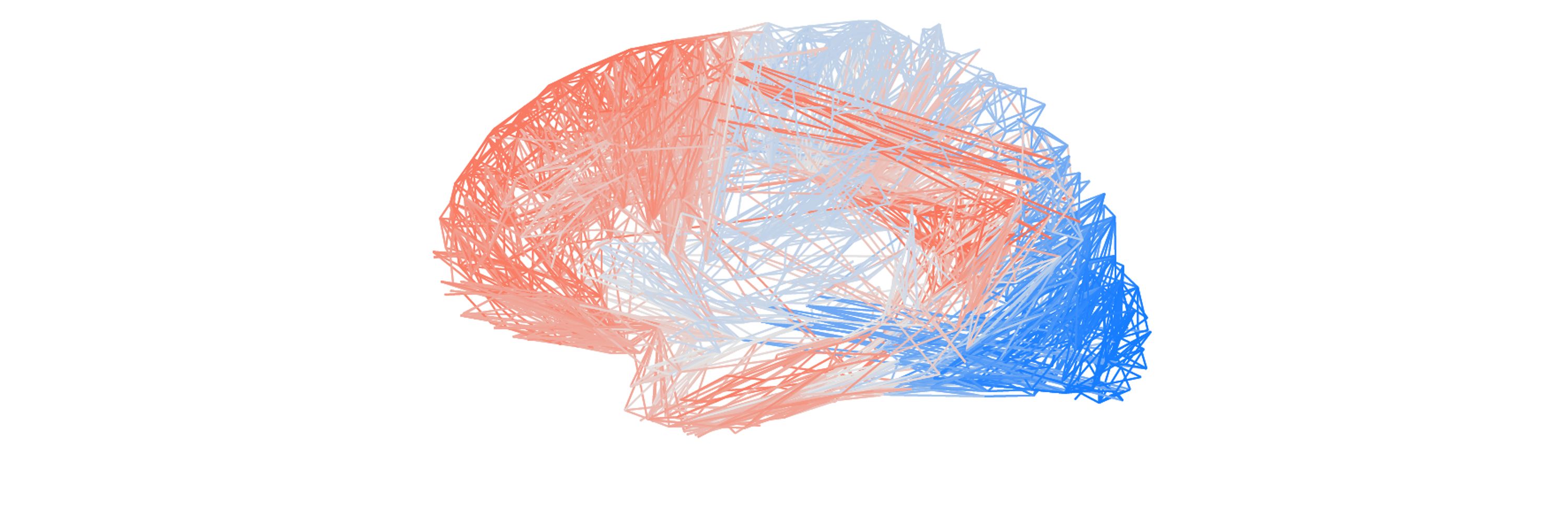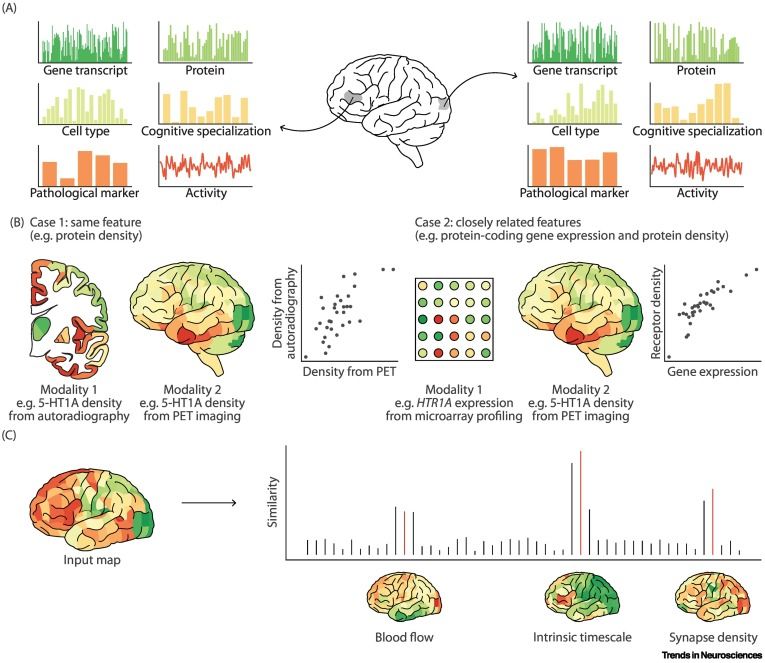Bratislav Misic
@misicbata.bsky.social
730 followers
570 following
130 posts
Montreal Neurological Institute - McGill University
https://netneurolab.github.io/
Posts
Media
Videos
Starter Packs
Pinned
Reposted by Bratislav Misic
Reposted by Bratislav Misic
Golia Shafiei
@goliashf.bsky.social
· Feb 27

Reproducible Brain Charts: An open data resource for mapping brain development and its associations with mental health
Major mental disorders are increasingly understood as disorders of brain development. Large and heterogeneous samples are required to define generalizable links between brain development and psychopat...
doi.org
Reposted by Bratislav Misic
Reposted by Bratislav Misic




















